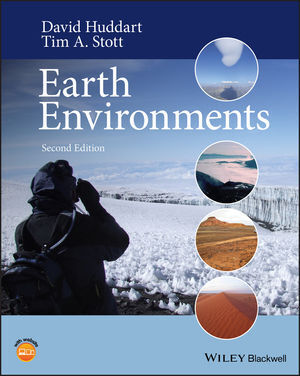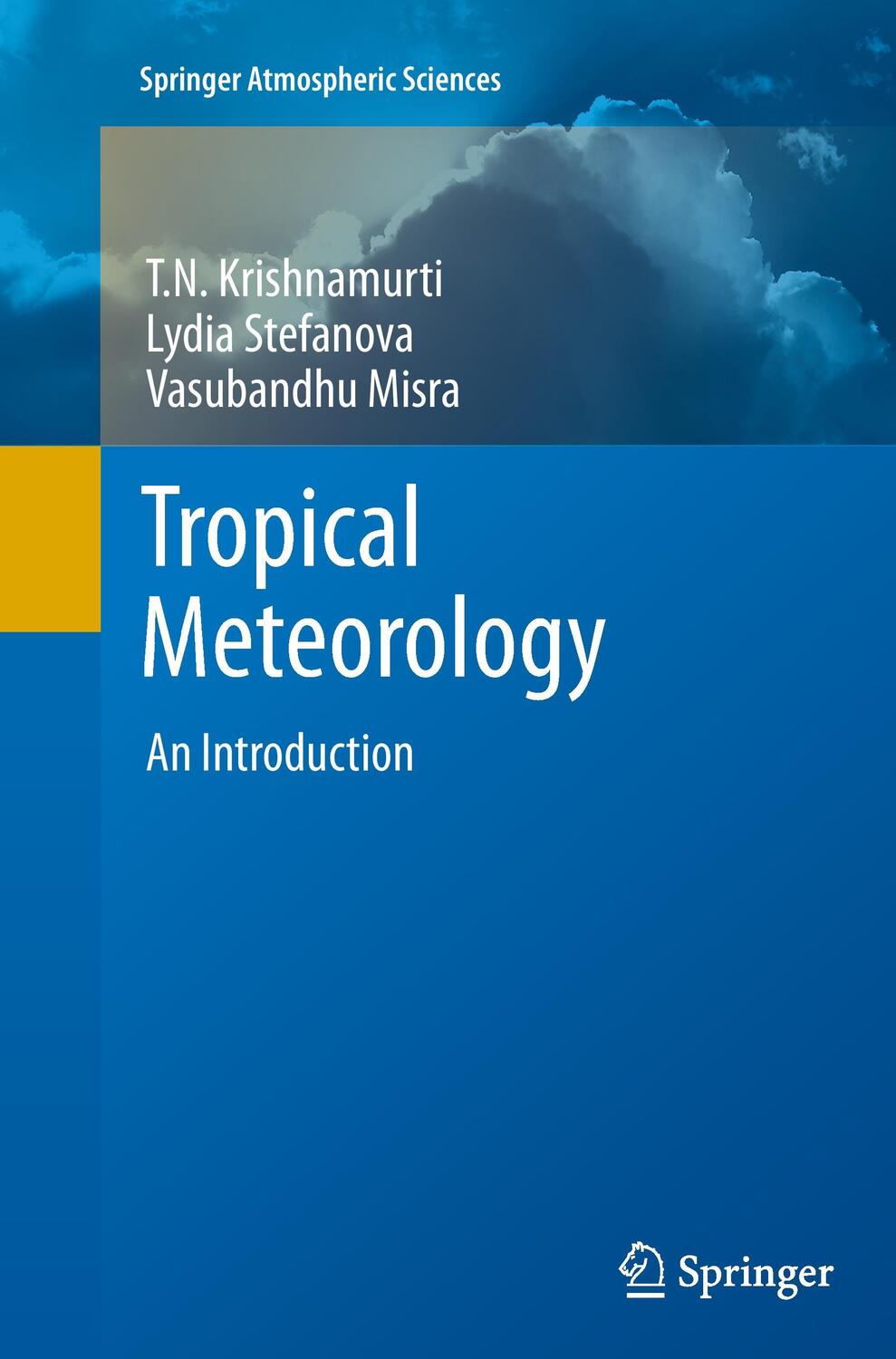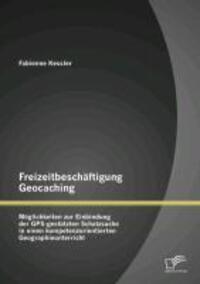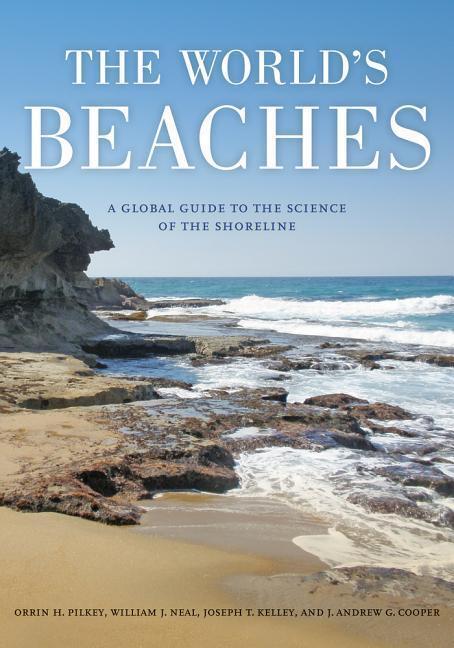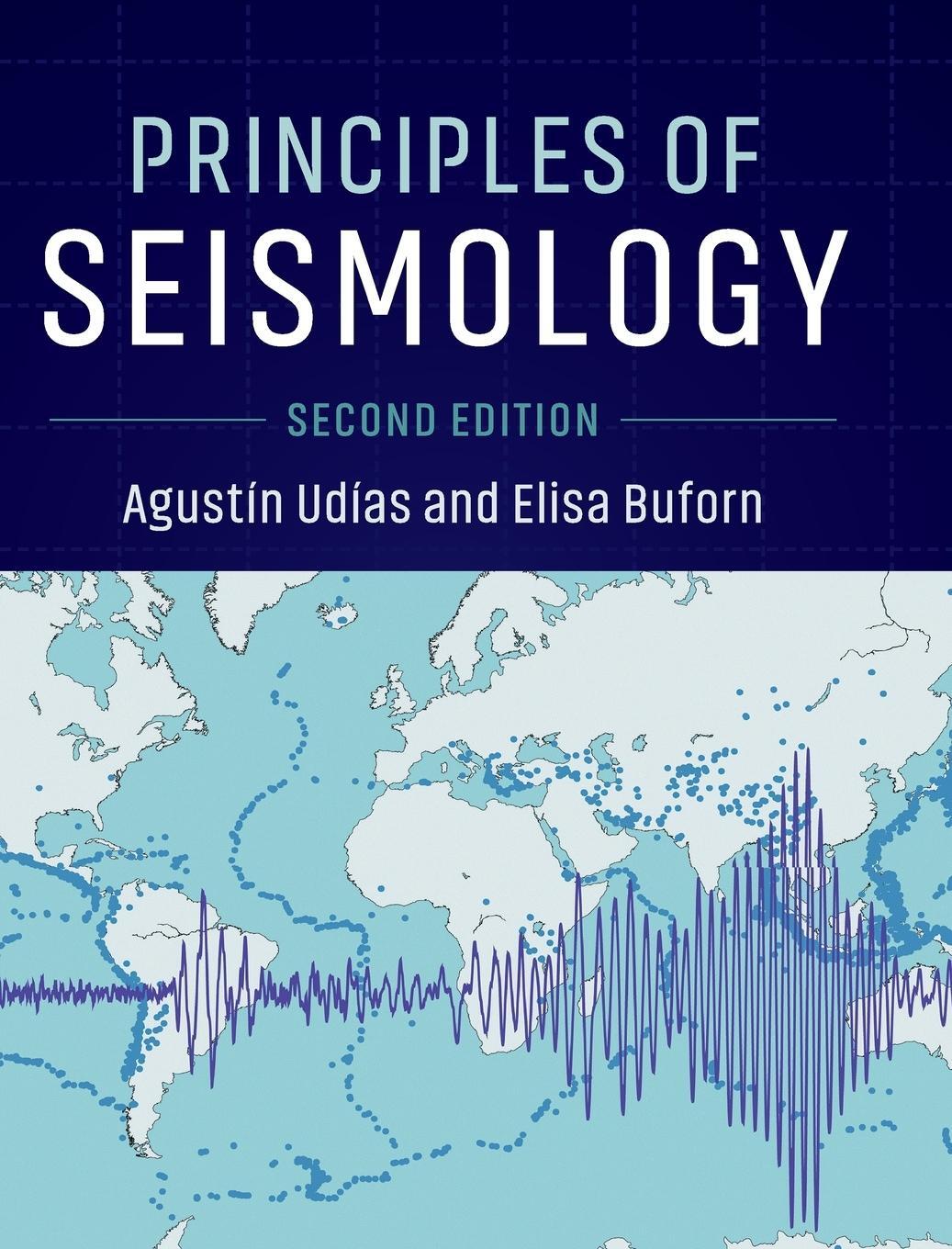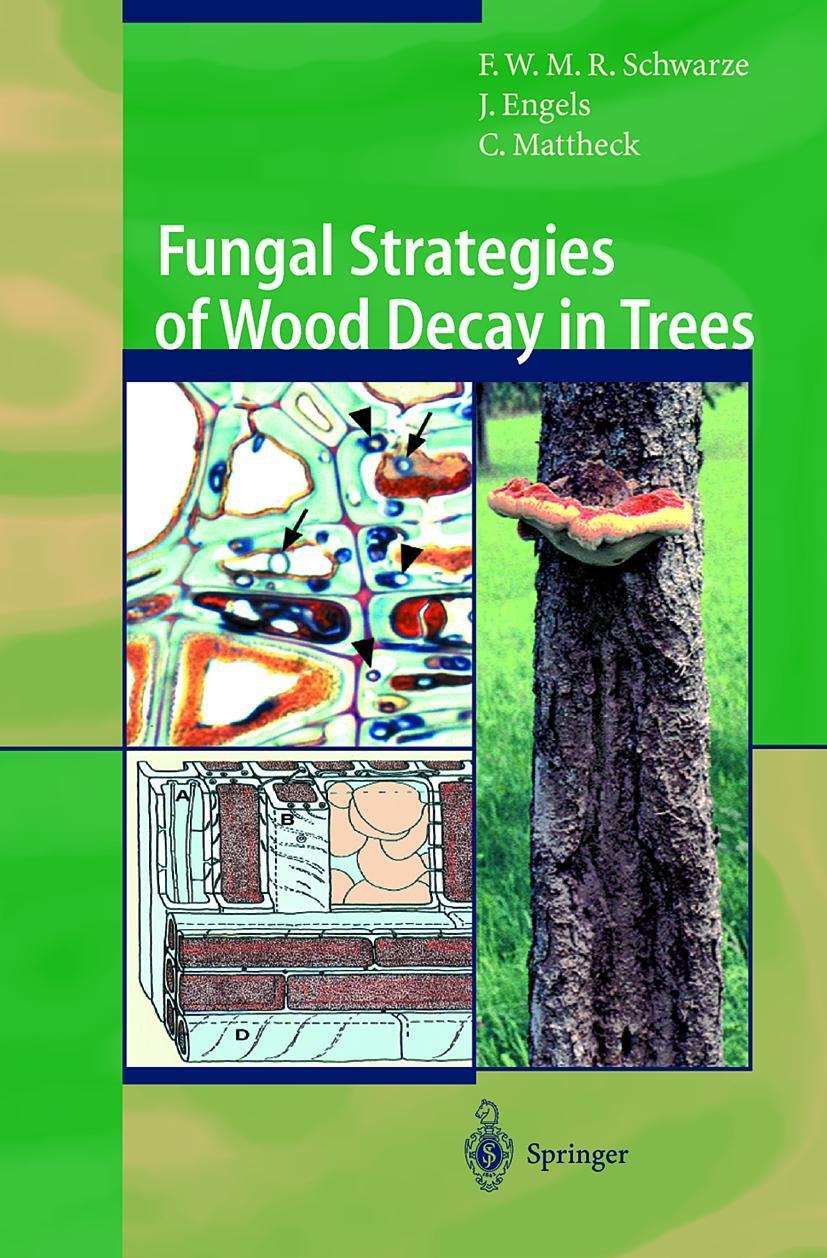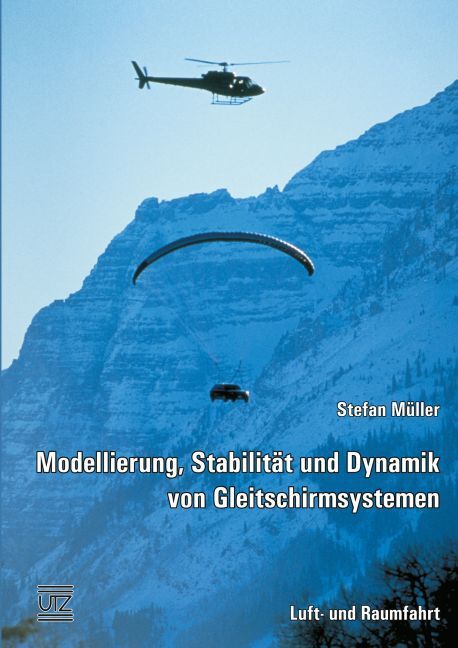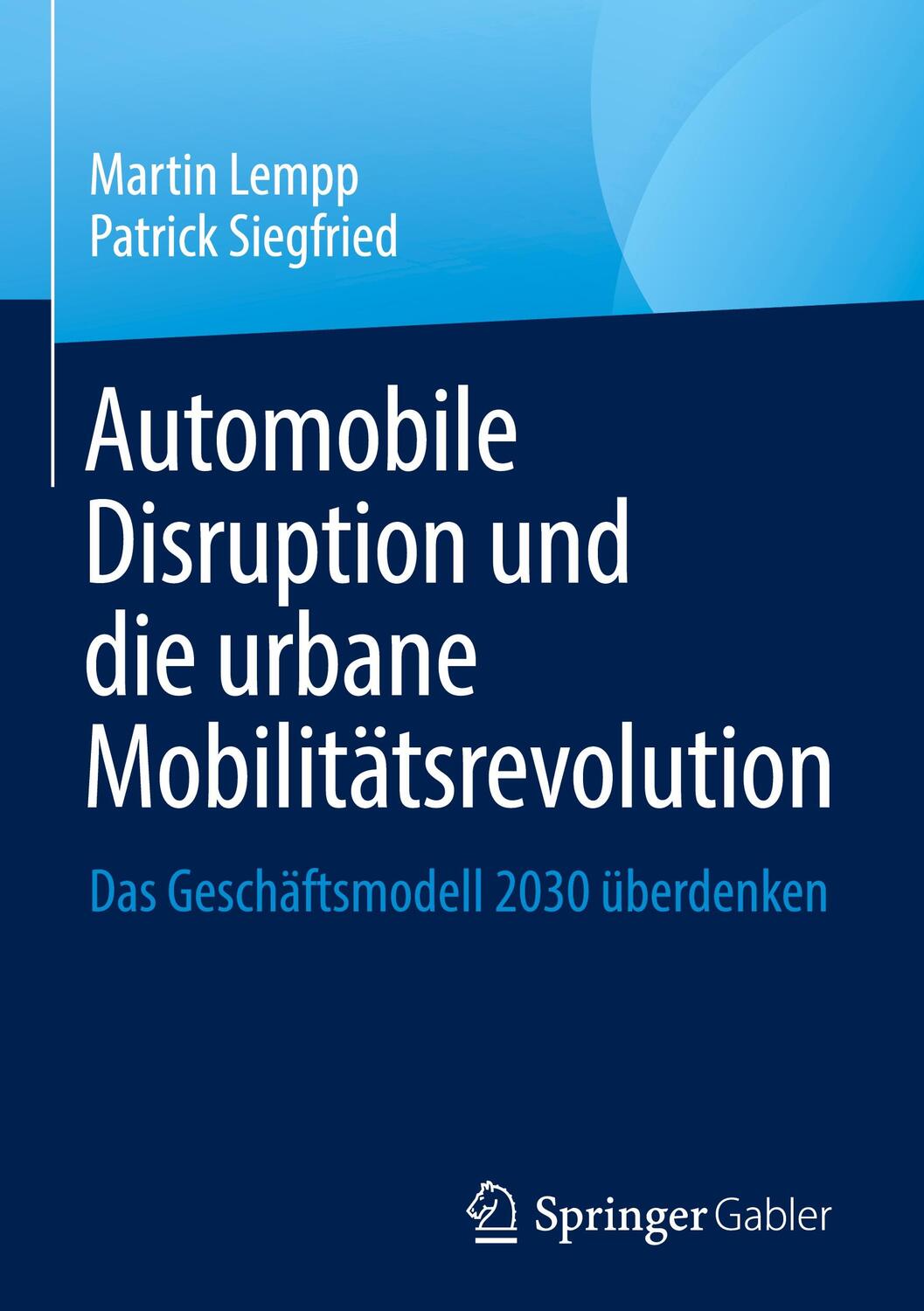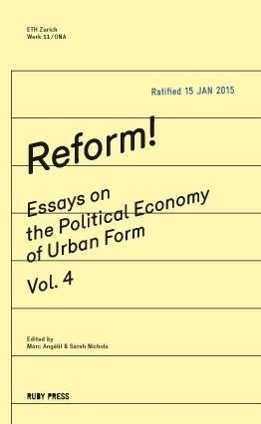Dekorationsartikel gehören nicht zum Leistungsumfang.
Sprache:
Englisch
105,00 €*
Versandkostenfrei per Post / DHL
Aktuell nicht verfügbar
Kategorien:
Beschreibung
Comprehensive coverage of the whole Earth system throughout its entire existence and beyond
Complete with a new introduction by the authors, this updated edition helps provide an understanding of the past, present, and future processes that occur on and in our Earth--the fascinating, yet potentially lethal, set of atmospheric, surface, and internal processes that interact to produce our living environment. It introduces students to our planet's four key interdependent systems: the atmosphere, lithosphere, hydrosphere and biosphere, focusing on their key components, the interactions between them, and environmental change. The book also uses geological case studies throughout, in addition to the modern processes.
Topics covered in the Second Edition of Earth Environments: Past, Present and Future include: an Earth systems model; components systems and processes; atmospheric systems; oceanography; surface and internal geological systems; biogeography; and aspects of Earth's record. The book also discusses the impact of climate and environmental change in a final chapter that draws together Earth's systems and their evolution, and looks ahead to potential future changes in Earth's environments.
* Updated to include all the major developments since 2008
* Features research boxes containing summaries based on recent key journal articles
* Includes a companion web site containing multiple choice revision quizzes for students, PowerPoint slides for lecturers, useful links, and more
* Presents further reading for each topic so that students can build their knowledge base to underpin their own undergraduate research project/dissertation
* Offers additional case studies in each chapter for enhanced reader understanding
Earth Environments: Past, Present and Future is an excellent text for undergraduates in geosciences, environmental science, physical geography, natural hazards, and ecology.
Complete with a new introduction by the authors, this updated edition helps provide an understanding of the past, present, and future processes that occur on and in our Earth--the fascinating, yet potentially lethal, set of atmospheric, surface, and internal processes that interact to produce our living environment. It introduces students to our planet's four key interdependent systems: the atmosphere, lithosphere, hydrosphere and biosphere, focusing on their key components, the interactions between them, and environmental change. The book also uses geological case studies throughout, in addition to the modern processes.
Topics covered in the Second Edition of Earth Environments: Past, Present and Future include: an Earth systems model; components systems and processes; atmospheric systems; oceanography; surface and internal geological systems; biogeography; and aspects of Earth's record. The book also discusses the impact of climate and environmental change in a final chapter that draws together Earth's systems and their evolution, and looks ahead to potential future changes in Earth's environments.
* Updated to include all the major developments since 2008
* Features research boxes containing summaries based on recent key journal articles
* Includes a companion web site containing multiple choice revision quizzes for students, PowerPoint slides for lecturers, useful links, and more
* Presents further reading for each topic so that students can build their knowledge base to underpin their own undergraduate research project/dissertation
* Offers additional case studies in each chapter for enhanced reader understanding
Earth Environments: Past, Present and Future is an excellent text for undergraduates in geosciences, environmental science, physical geography, natural hazards, and ecology.
Comprehensive coverage of the whole Earth system throughout its entire existence and beyond
Complete with a new introduction by the authors, this updated edition helps provide an understanding of the past, present, and future processes that occur on and in our Earth--the fascinating, yet potentially lethal, set of atmospheric, surface, and internal processes that interact to produce our living environment. It introduces students to our planet's four key interdependent systems: the atmosphere, lithosphere, hydrosphere and biosphere, focusing on their key components, the interactions between them, and environmental change. The book also uses geological case studies throughout, in addition to the modern processes.
Topics covered in the Second Edition of Earth Environments: Past, Present and Future include: an Earth systems model; components systems and processes; atmospheric systems; oceanography; surface and internal geological systems; biogeography; and aspects of Earth's record. The book also discusses the impact of climate and environmental change in a final chapter that draws together Earth's systems and their evolution, and looks ahead to potential future changes in Earth's environments.
* Updated to include all the major developments since 2008
* Features research boxes containing summaries based on recent key journal articles
* Includes a companion web site containing multiple choice revision quizzes for students, PowerPoint slides for lecturers, useful links, and more
* Presents further reading for each topic so that students can build their knowledge base to underpin their own undergraduate research project/dissertation
* Offers additional case studies in each chapter for enhanced reader understanding
Earth Environments: Past, Present and Future is an excellent text for undergraduates in geosciences, environmental science, physical geography, natural hazards, and ecology.
Complete with a new introduction by the authors, this updated edition helps provide an understanding of the past, present, and future processes that occur on and in our Earth--the fascinating, yet potentially lethal, set of atmospheric, surface, and internal processes that interact to produce our living environment. It introduces students to our planet's four key interdependent systems: the atmosphere, lithosphere, hydrosphere and biosphere, focusing on their key components, the interactions between them, and environmental change. The book also uses geological case studies throughout, in addition to the modern processes.
Topics covered in the Second Edition of Earth Environments: Past, Present and Future include: an Earth systems model; components systems and processes; atmospheric systems; oceanography; surface and internal geological systems; biogeography; and aspects of Earth's record. The book also discusses the impact of climate and environmental change in a final chapter that draws together Earth's systems and their evolution, and looks ahead to potential future changes in Earth's environments.
* Updated to include all the major developments since 2008
* Features research boxes containing summaries based on recent key journal articles
* Includes a companion web site containing multiple choice revision quizzes for students, PowerPoint slides for lecturers, useful links, and more
* Presents further reading for each topic so that students can build their knowledge base to underpin their own undergraduate research project/dissertation
* Offers additional case studies in each chapter for enhanced reader understanding
Earth Environments: Past, Present and Future is an excellent text for undergraduates in geosciences, environmental science, physical geography, natural hazards, and ecology.
Inhaltsverzeichnis
About the Companion Website xxiii
Introduction xxv
Section I Introduction to Earth Systems 1
1 Introduction to Earth Systems 3
1.1 Introduction to Earth's Formation 4
1.2 Introduction to Earth Spheres 5
1.3 Scales in Space and Time 7
1.4 Systems and Feedback 8
1.5 Open and Closed Flow Systems 9
1.6 Equilibrium in Systems 11
1.7 Time Cycles in Systems 13
Section II Atmospheric and Ocean Systems 17
2 Structure and Composition of the Atmosphere 19
2.1 Structure of the Atmosphere 20
2.2 Composition of the Atmosphere 21
2.3 Carbon Dioxide and Methane 23
2.4 Water Vapour 24
3 Energy in the Atmosphere and the Earth Heat Budget 27
3.1 Introduction 28
3.2 Solar Radiation 28
4 Moisture in the Atmosphere 41
4.1 Introduction 42
4.2 The Global Hydrological Cycle 42
4.3 Air Stability and Instability 46
4.4 Clouds 48
4.5 Precipitation 49
5 Atmospheric Motion 55
5.1 Introduction 56
5.2 Atmospheric Pressure 56
5.3 Winds and Pressure Gradients 58
5.4 The Global Pattern of Atmospheric Circulation 62
6 Weather Systems 67
6.1 Introduction 68
6.2 Macroscale Synoptic Systems 68
6.3 Meso-Scale: local Winds 81
6.4 Microclimates 83
6.5 Weather Observation and Forecasting 89
7 World Climates 99
7.1 Introduction 100
7.2 Classification of Climate 100
8 Ocean Structure and Circulation Patterns 113
8.1 Introduction 114
8.2 Physical Structure of the Oceans 114
8.3 Temperature Structure of the Oceans 117
8.4 Ocean Circulation 117
8.5 Sea-Level Change 121
9 Atmospheric Evolution 125
9.1 Evolution of Earth's Atmosphere 126
10 Principles of Climate Change 131
10.1 Introduction 132
10.2 Evidence for Climate Change 133
10.3 Causes of Climate Change 145
Section III Endogenic Geological Systems 159
11 Earth Materials: Mineralogy, Rocks and the Rock Cycle 161
11.1 What is a Mineral? 162
11.2 Rocks and the Rock Cycle 173
11.3 Vulcanicity and Igneous Rocks 175
11.4 Sedimentary Rocks, Fossils and Sedimentary Structures 176
11.5 Metamorphic Rocks 187
12 The Internal Structure of the Earth 191
12.1 Introduction 192
12.2 Evidence of Earth's Composition from Drilling 192
12.3 Evidence of Earth's Composition from Volcanoes 193
12.4 Evidence of Earth's Composition from Meteorites 194
12.5 Using Earthquake Seismic Waves as Earth Probes 194
13 Plate Tectonics and Volcanism: Processes, Products, and Landforms 199
13.1 Introduction 200
13.2 Global Tectonics: how Plates, Basins, and Mountains are Created 200
13.3 Volcanic Processes and the Global Tectonic Model 204
13.4 Magma Eruption 215
13.5 Explosive Volcanism 220
13.6 Petrographic Features of Volcaniclastic Sediments 228
13.7 Transport and Deposition of Pyroclastic Materials 228
13.8 The Relationship Between Volcanic Processes and the Earth's Atmosphere and Climate 238
13.9 Plate Tectonics, Uniformitarianism and Earth History 245
14 Geotectonics: Processes, Structures, and Landforms 255
14.1 Introduction 256
14.2 Tectonic Structures 256
14.3 Tectonic Structures as Lines of Weakness in Landscape Evolution 263
Section IV
Introduction xxv
Section I Introduction to Earth Systems 1
1 Introduction to Earth Systems 3
1.1 Introduction to Earth's Formation 4
1.2 Introduction to Earth Spheres 5
1.3 Scales in Space and Time 7
1.4 Systems and Feedback 8
1.5 Open and Closed Flow Systems 9
1.6 Equilibrium in Systems 11
1.7 Time Cycles in Systems 13
Section II Atmospheric and Ocean Systems 17
2 Structure and Composition of the Atmosphere 19
2.1 Structure of the Atmosphere 20
2.2 Composition of the Atmosphere 21
2.3 Carbon Dioxide and Methane 23
2.4 Water Vapour 24
3 Energy in the Atmosphere and the Earth Heat Budget 27
3.1 Introduction 28
3.2 Solar Radiation 28
4 Moisture in the Atmosphere 41
4.1 Introduction 42
4.2 The Global Hydrological Cycle 42
4.3 Air Stability and Instability 46
4.4 Clouds 48
4.5 Precipitation 49
5 Atmospheric Motion 55
5.1 Introduction 56
5.2 Atmospheric Pressure 56
5.3 Winds and Pressure Gradients 58
5.4 The Global Pattern of Atmospheric Circulation 62
6 Weather Systems 67
6.1 Introduction 68
6.2 Macroscale Synoptic Systems 68
6.3 Meso-Scale: local Winds 81
6.4 Microclimates 83
6.5 Weather Observation and Forecasting 89
7 World Climates 99
7.1 Introduction 100
7.2 Classification of Climate 100
8 Ocean Structure and Circulation Patterns 113
8.1 Introduction 114
8.2 Physical Structure of the Oceans 114
8.3 Temperature Structure of the Oceans 117
8.4 Ocean Circulation 117
8.5 Sea-Level Change 121
9 Atmospheric Evolution 125
9.1 Evolution of Earth's Atmosphere 126
10 Principles of Climate Change 131
10.1 Introduction 132
10.2 Evidence for Climate Change 133
10.3 Causes of Climate Change 145
Section III Endogenic Geological Systems 159
11 Earth Materials: Mineralogy, Rocks and the Rock Cycle 161
11.1 What is a Mineral? 162
11.2 Rocks and the Rock Cycle 173
11.3 Vulcanicity and Igneous Rocks 175
11.4 Sedimentary Rocks, Fossils and Sedimentary Structures 176
11.5 Metamorphic Rocks 187
12 The Internal Structure of the Earth 191
12.1 Introduction 192
12.2 Evidence of Earth's Composition from Drilling 192
12.3 Evidence of Earth's Composition from Volcanoes 193
12.4 Evidence of Earth's Composition from Meteorites 194
12.5 Using Earthquake Seismic Waves as Earth Probes 194
13 Plate Tectonics and Volcanism: Processes, Products, and Landforms 199
13.1 Introduction 200
13.2 Global Tectonics: how Plates, Basins, and Mountains are Created 200
13.3 Volcanic Processes and the Global Tectonic Model 204
13.4 Magma Eruption 215
13.5 Explosive Volcanism 220
13.6 Petrographic Features of Volcaniclastic Sediments 228
13.7 Transport and Deposition of Pyroclastic Materials 228
13.8 The Relationship Between Volcanic Processes and the Earth's Atmosphere and Climate 238
13.9 Plate Tectonics, Uniformitarianism and Earth History 245
14 Geotectonics: Processes, Structures, and Landforms 255
14.1 Introduction 256
14.2 Tectonic Structures 256
14.3 Tectonic Structures as Lines of Weakness in Landscape Evolution 263
Section IV
Details
| Erscheinungsjahr: | 2020 |
|---|---|
| Fachbereich: | Geografie |
| Genre: | Geowissenschaften |
| Rubrik: | Naturwissenschaften & Technik |
| Medium: | Taschenbuch |
| Seiten: | 1008 |
| Inhalt: | 1008 S. |
| ISBN-13: | 9781119413257 |
| ISBN-10: | 1119413257 |
| Sprache: | Englisch |
| Herstellernummer: | 1A119413250 |
| Autor: |
Huddart, David
Stott, Tim A. |
| Auflage: | 2. Aufl. |
| Hersteller: |
Wiley & Sons
Wiley-Blackwell |
| Maße: | 252 x 203 x 40 mm |
| Von/Mit: | David Huddart (u. a.) |
| Erscheinungsdatum: | 30.01.2020 |
| Gewicht: | 2,11 kg |
Inhaltsverzeichnis
About the Companion Website xxiii
Introduction xxv
Section I Introduction to Earth Systems 1
1 Introduction to Earth Systems 3
1.1 Introduction to Earth's Formation 4
1.2 Introduction to Earth Spheres 5
1.3 Scales in Space and Time 7
1.4 Systems and Feedback 8
1.5 Open and Closed Flow Systems 9
1.6 Equilibrium in Systems 11
1.7 Time Cycles in Systems 13
Section II Atmospheric and Ocean Systems 17
2 Structure and Composition of the Atmosphere 19
2.1 Structure of the Atmosphere 20
2.2 Composition of the Atmosphere 21
2.3 Carbon Dioxide and Methane 23
2.4 Water Vapour 24
3 Energy in the Atmosphere and the Earth Heat Budget 27
3.1 Introduction 28
3.2 Solar Radiation 28
4 Moisture in the Atmosphere 41
4.1 Introduction 42
4.2 The Global Hydrological Cycle 42
4.3 Air Stability and Instability 46
4.4 Clouds 48
4.5 Precipitation 49
5 Atmospheric Motion 55
5.1 Introduction 56
5.2 Atmospheric Pressure 56
5.3 Winds and Pressure Gradients 58
5.4 The Global Pattern of Atmospheric Circulation 62
6 Weather Systems 67
6.1 Introduction 68
6.2 Macroscale Synoptic Systems 68
6.3 Meso-Scale: local Winds 81
6.4 Microclimates 83
6.5 Weather Observation and Forecasting 89
7 World Climates 99
7.1 Introduction 100
7.2 Classification of Climate 100
8 Ocean Structure and Circulation Patterns 113
8.1 Introduction 114
8.2 Physical Structure of the Oceans 114
8.3 Temperature Structure of the Oceans 117
8.4 Ocean Circulation 117
8.5 Sea-Level Change 121
9 Atmospheric Evolution 125
9.1 Evolution of Earth's Atmosphere 126
10 Principles of Climate Change 131
10.1 Introduction 132
10.2 Evidence for Climate Change 133
10.3 Causes of Climate Change 145
Section III Endogenic Geological Systems 159
11 Earth Materials: Mineralogy, Rocks and the Rock Cycle 161
11.1 What is a Mineral? 162
11.2 Rocks and the Rock Cycle 173
11.3 Vulcanicity and Igneous Rocks 175
11.4 Sedimentary Rocks, Fossils and Sedimentary Structures 176
11.5 Metamorphic Rocks 187
12 The Internal Structure of the Earth 191
12.1 Introduction 192
12.2 Evidence of Earth's Composition from Drilling 192
12.3 Evidence of Earth's Composition from Volcanoes 193
12.4 Evidence of Earth's Composition from Meteorites 194
12.5 Using Earthquake Seismic Waves as Earth Probes 194
13 Plate Tectonics and Volcanism: Processes, Products, and Landforms 199
13.1 Introduction 200
13.2 Global Tectonics: how Plates, Basins, and Mountains are Created 200
13.3 Volcanic Processes and the Global Tectonic Model 204
13.4 Magma Eruption 215
13.5 Explosive Volcanism 220
13.6 Petrographic Features of Volcaniclastic Sediments 228
13.7 Transport and Deposition of Pyroclastic Materials 228
13.8 The Relationship Between Volcanic Processes and the Earth's Atmosphere and Climate 238
13.9 Plate Tectonics, Uniformitarianism and Earth History 245
14 Geotectonics: Processes, Structures, and Landforms 255
14.1 Introduction 256
14.2 Tectonic Structures 256
14.3 Tectonic Structures as Lines of Weakness in Landscape Evolution 263
Section IV
Introduction xxv
Section I Introduction to Earth Systems 1
1 Introduction to Earth Systems 3
1.1 Introduction to Earth's Formation 4
1.2 Introduction to Earth Spheres 5
1.3 Scales in Space and Time 7
1.4 Systems and Feedback 8
1.5 Open and Closed Flow Systems 9
1.6 Equilibrium in Systems 11
1.7 Time Cycles in Systems 13
Section II Atmospheric and Ocean Systems 17
2 Structure and Composition of the Atmosphere 19
2.1 Structure of the Atmosphere 20
2.2 Composition of the Atmosphere 21
2.3 Carbon Dioxide and Methane 23
2.4 Water Vapour 24
3 Energy in the Atmosphere and the Earth Heat Budget 27
3.1 Introduction 28
3.2 Solar Radiation 28
4 Moisture in the Atmosphere 41
4.1 Introduction 42
4.2 The Global Hydrological Cycle 42
4.3 Air Stability and Instability 46
4.4 Clouds 48
4.5 Precipitation 49
5 Atmospheric Motion 55
5.1 Introduction 56
5.2 Atmospheric Pressure 56
5.3 Winds and Pressure Gradients 58
5.4 The Global Pattern of Atmospheric Circulation 62
6 Weather Systems 67
6.1 Introduction 68
6.2 Macroscale Synoptic Systems 68
6.3 Meso-Scale: local Winds 81
6.4 Microclimates 83
6.5 Weather Observation and Forecasting 89
7 World Climates 99
7.1 Introduction 100
7.2 Classification of Climate 100
8 Ocean Structure and Circulation Patterns 113
8.1 Introduction 114
8.2 Physical Structure of the Oceans 114
8.3 Temperature Structure of the Oceans 117
8.4 Ocean Circulation 117
8.5 Sea-Level Change 121
9 Atmospheric Evolution 125
9.1 Evolution of Earth's Atmosphere 126
10 Principles of Climate Change 131
10.1 Introduction 132
10.2 Evidence for Climate Change 133
10.3 Causes of Climate Change 145
Section III Endogenic Geological Systems 159
11 Earth Materials: Mineralogy, Rocks and the Rock Cycle 161
11.1 What is a Mineral? 162
11.2 Rocks and the Rock Cycle 173
11.3 Vulcanicity and Igneous Rocks 175
11.4 Sedimentary Rocks, Fossils and Sedimentary Structures 176
11.5 Metamorphic Rocks 187
12 The Internal Structure of the Earth 191
12.1 Introduction 192
12.2 Evidence of Earth's Composition from Drilling 192
12.3 Evidence of Earth's Composition from Volcanoes 193
12.4 Evidence of Earth's Composition from Meteorites 194
12.5 Using Earthquake Seismic Waves as Earth Probes 194
13 Plate Tectonics and Volcanism: Processes, Products, and Landforms 199
13.1 Introduction 200
13.2 Global Tectonics: how Plates, Basins, and Mountains are Created 200
13.3 Volcanic Processes and the Global Tectonic Model 204
13.4 Magma Eruption 215
13.5 Explosive Volcanism 220
13.6 Petrographic Features of Volcaniclastic Sediments 228
13.7 Transport and Deposition of Pyroclastic Materials 228
13.8 The Relationship Between Volcanic Processes and the Earth's Atmosphere and Climate 238
13.9 Plate Tectonics, Uniformitarianism and Earth History 245
14 Geotectonics: Processes, Structures, and Landforms 255
14.1 Introduction 256
14.2 Tectonic Structures 256
14.3 Tectonic Structures as Lines of Weakness in Landscape Evolution 263
Section IV
Details
| Erscheinungsjahr: | 2020 |
|---|---|
| Fachbereich: | Geografie |
| Genre: | Geowissenschaften |
| Rubrik: | Naturwissenschaften & Technik |
| Medium: | Taschenbuch |
| Seiten: | 1008 |
| Inhalt: | 1008 S. |
| ISBN-13: | 9781119413257 |
| ISBN-10: | 1119413257 |
| Sprache: | Englisch |
| Herstellernummer: | 1A119413250 |
| Autor: |
Huddart, David
Stott, Tim A. |
| Auflage: | 2. Aufl. |
| Hersteller: |
Wiley & Sons
Wiley-Blackwell |
| Maße: | 252 x 203 x 40 mm |
| Von/Mit: | David Huddart (u. a.) |
| Erscheinungsdatum: | 30.01.2020 |
| Gewicht: | 2,11 kg |
Warnhinweis

